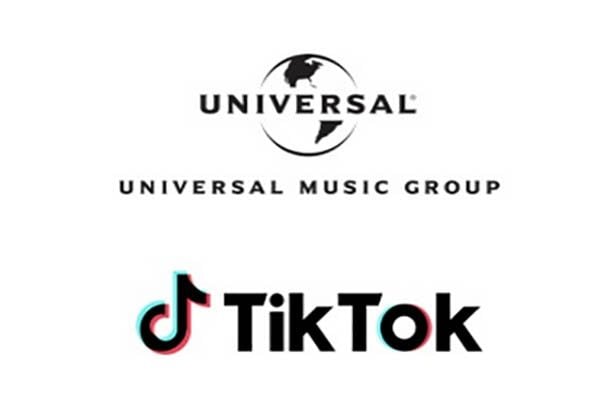Both eBay and Amazon have pulled adverts on Google at one time or another but currently marketplace ads on Google from both eBay and Amazon are being heavily utilised.
What this means is that if you sell on marketplaces and your own website, if you pay for Google Product Listing ads you may end up competing with Amazon or eBay who are also promoting your own products. There are two ways to view this – either marketplaces are a massive competitor, even if you’re the merchant winning the Amazon Buy Box or you have unique inventory on eBay, so let them dig deep into their pockets to promote your items. Alternatively you need to get smart about the keywords you’re bidding on to ensure that for long tail keywords you’re beating the marketplaces and by taking deals direct you’re saving on marketplace fees.
“It would appear that it is only Amazon direct and FBA which is showing, will be interesting to see if they start to do merchant fulfilled.”
– Josh, Tamebay Reader
One thing that is important is to reduce spend on your worst performing keywords and concentrate your budget on the keywords that convert best for you. Rather than competing head to head with marketplace ads on Google for low converting terms, focus your keyword bids on the highest converting terms and for the products with the greatest margins.
Another tactic which can be used in Europe, but not North America, is to ensure the prices on your website are more competitive for those products you choose to compete on. In North America Amazon still have a Price Parity policy which states that you must give Amazon your best online price, but in Europe there’s nothing to stop you offering keener prices on your own website than you do on Amazon. Don’t forget that your other policies such as shipping will also come into play when considering total sales price.
There is also an argument for not giving the marketplace all of your products. This is why you’ll often see larger retailers using Amazon for their out of season stock, very large or small sizes that haven’t sold and as a venue for liquidating returns or distressed stock. Retailers will keep their new season stock in regular sizes for their own websites and only place their new stock on marketplaces towards the end of the season.
Another way to drive buyer engagement with your website is to offer unique propositions that marketplaces can’t. This could be anything from bonus products included with your hero items to loyalty schemes and advance purchases for new season stock.
Ultimately if you choose to sell on marketplaces part of what your fees pay for is the marketplace to drive traffic to your listings. You should and must expect to see marketplace ads on Google to drive traffic to your marketplace listings, so bear this in mind when creating Google Shopping campaigns. Don’t end up competing with the marketplace to promote the same product.












One Response
“Ultimately if you choose to sell on marketplaces part of what your fees pay for is the marketplace to drive traffic to your listings. You should and must expect to see marketplace ads on Google to drive traffic to your marketplace listings.”
Yes I would expect that
“… this in mind when creating Google Shopping campaigns. Don’t end up competing with the marketplace to promote the same product.”
Why not? Amazon compete against eBay, why should you not compete for direct business to your own marketplace?
Any advertising you do has to be profitable, unless you have deep pockets.
Currently I am paying:
Amazon: 12.5%
eBay: 10%
So as long as my advertising does not cost more than 12.5% of what it returns in sales why not compete?